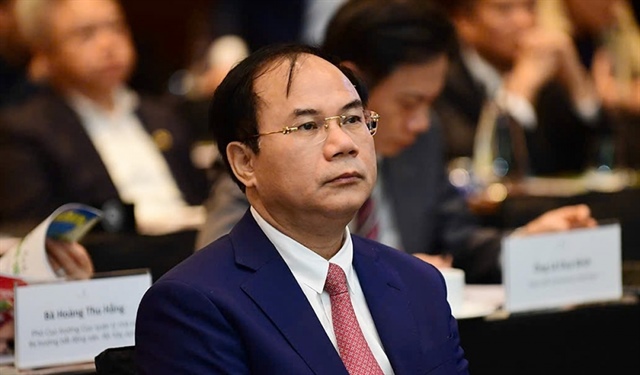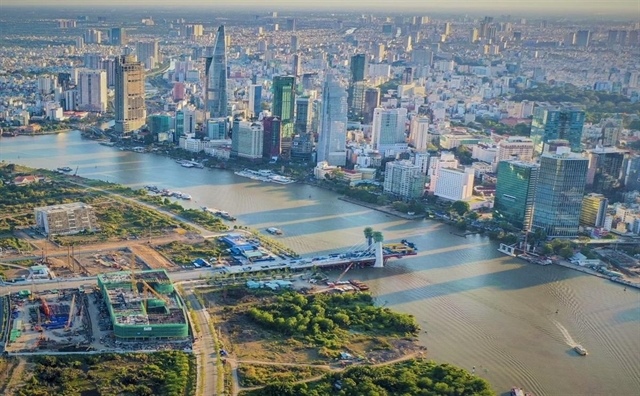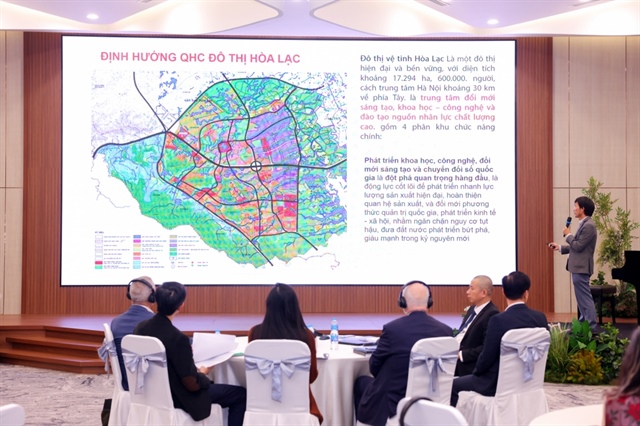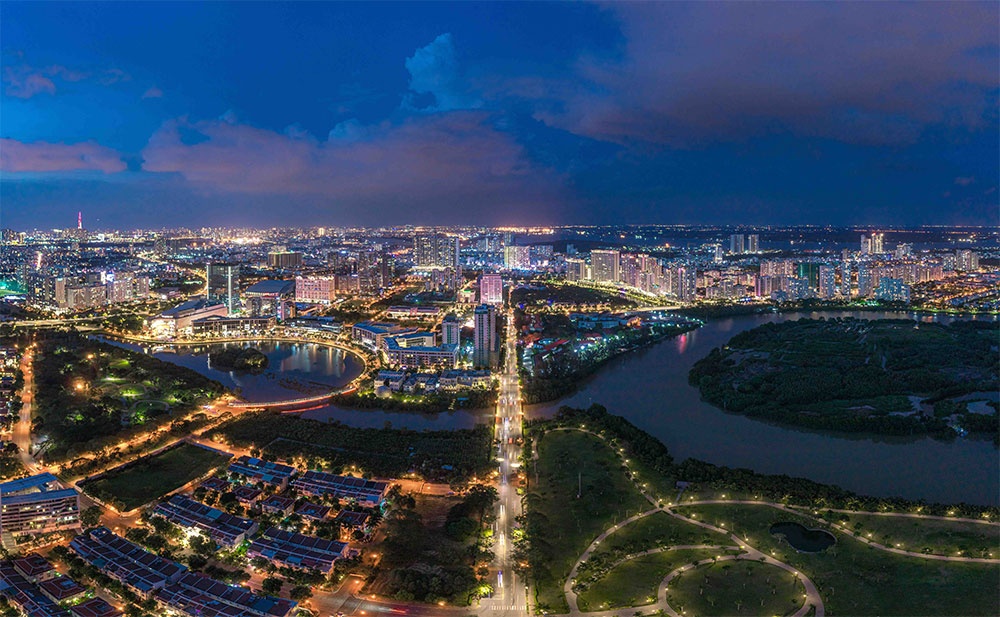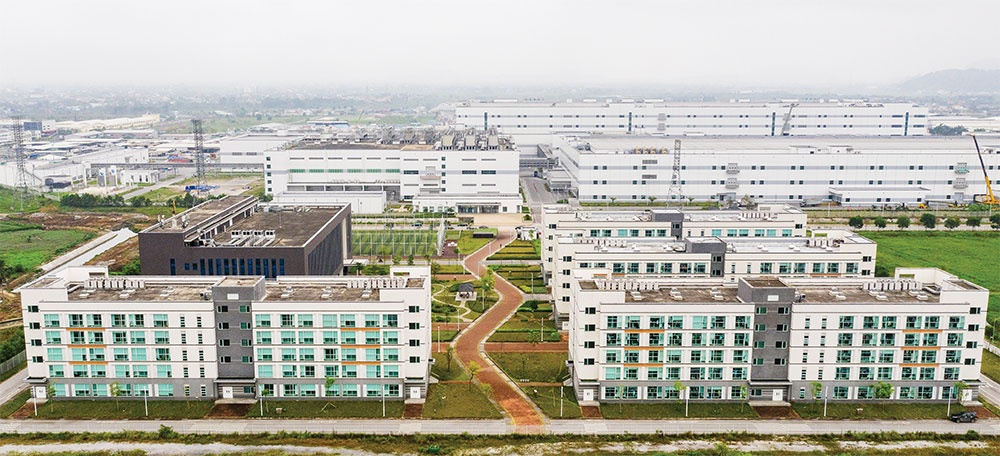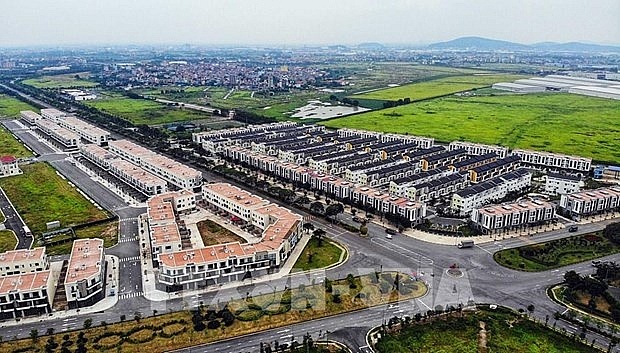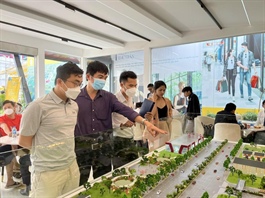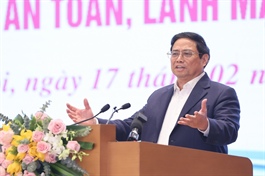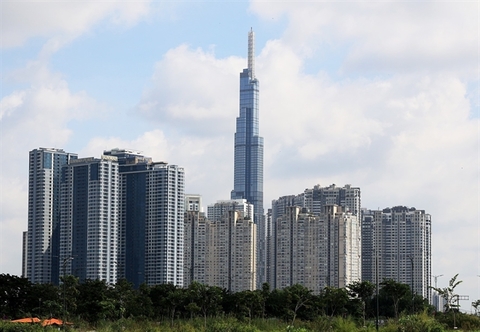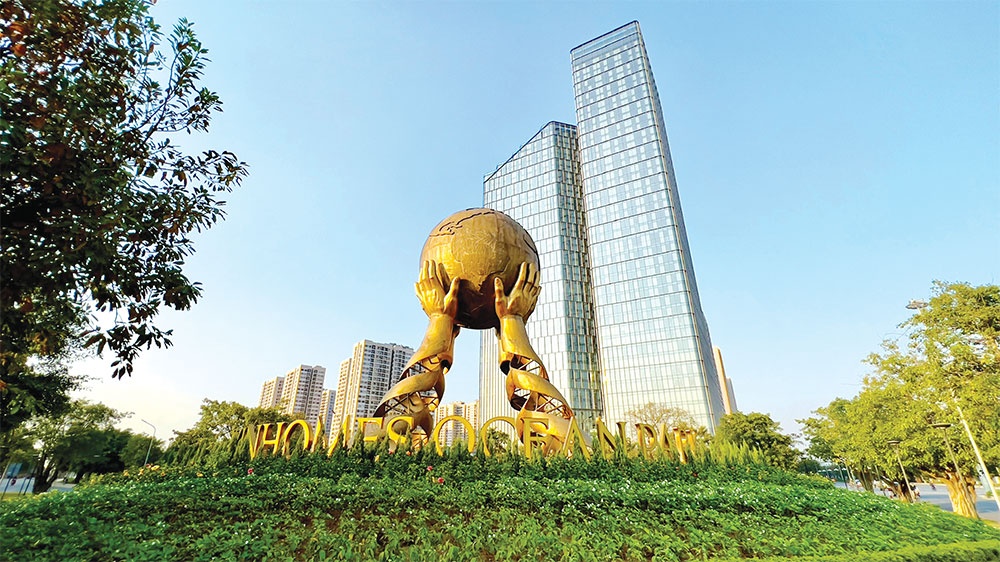A bold and fresh direction for resort projects
A bold and fresh direction for resort projects
After a couple of years of stagnation, investors are channelling financial flows into grandiose resort projects in anticipation of the market’s revival.
General director of Ngoc Chau A Land Nguyen Loc Hanh stresses that the current rise in resort development demonstrates that the market remains desirable. Moreover, it demonstrates the investors’ agility in predicting the return of tourist and resort businesses, which have struggled in the pandemic era.
“When mega resort plans are introduced to the market, more million-dollar resort product lines along gorgeous coastlines and new highlands begin to arise. And with this investment wave, resort real estate prices may climb in the near future,” Hanh said.
Hung Thinh Group’s announcement that it will invest in the MerryLand Quy Nhon project on Binh Dinh province’s south-central coast came as a surprise. The beach tourism venture consisting of hotels, residences, and resorts with a variety of high-end entertainment options; will see first-phase funding of around $2.5 billion. Previously, Ho Chi Minh City’s housing complexes and urban districts were connected with Hung Thinh’s name.
Elsewhere, Crystal Bay, Tecco, and Duc Quang Minh’s investor partnership has recently begun construction of the international 5-star standard beach resort and leisure complex Sailing Bay Ninh Chu in Ninh Thuan province. The central coastal project has total investment of $200 million and consists of four buildings of 36-40 storeys and 4,000 5-star luxury hotel suites.
In addition, Crystal Bay intends to build further resorts in Khanh Son-Cam Lam with an estimated size of about 3,000 hectares.
After achieving success in the resort real estate segment with the mega initiatives NovaWorld Phan Thiet in Binh Thuan province and NovaWorld Ho Tram in Ba Ria-Vung Tau province, Novaland has touched down in the Central Highlands with ambitious plans to implement numerous resort projects.
Novaland proposed that Lam Dong province authorise the policy of surveying, researching, and establishing an investment project for Dak Long Thuong lake in Bao Lam district, with a research scale of approximately 30,000ha, for the purpose of investing in a complex urban area that would include houses, tourist villas, commercial centres, schools, and green parks. In addition, Novaland and partner Dat Tam Company are targeting Dak Nong province and collaborating with the local community to develop concepts for a 23,500-ha resort development in the Dak Glong region of Ta Dung National Park.
In addition to Novaland, a number of real estate companies including Sam Holdings, VFI Group, and La Vong Group are relocating to the plateau in order to propose investment programmes and construct resort projects spanning up to thousands of hectares.
The sequence of announced mega-resort projects, investment plans, and planning funds in the central coastal provinces and the Central Highlands have ignited the sector in 2022.
Innovative preferences
Analysts predict a surge in mega-resort development because Vietnam has a large tourist potential. The coastline region benefits from a favourable climate, warm oceans, and stunning beaches, while the Central Highlands region has several unspoiled natural regions, forests, and conservation areas that draw domestic and foreign visitors.
Whether or not this tourist potential can be properly used depends heavily on the development direction of each community and the organisation of the project.
Through several swings, investors’ preferences have altered significantly. Rather than following the trend and investing in short-term surfing as they did in the past, investors have lately placed a greater emphasis on the project’s future worth upon its implementation and exploitation.
Le Phong, a prominent investor in real estate in Ho Chi Minh City, said that investors pumping billions into resort real estate currently are not expecting price hikes or the owner’s dedication to return.
Before choosing a resort product, investors consider internal and external utilities in addition to simple utility systems such as shopping malls, restaurants, bars, and cafés as this is the primary factor in attracting tourists to the resort, followed by the investor’s brand reputation and growth strategy once the project is operational.
“The worth of a resort product is not only a rise in price but also its potential to produce short- and long-term visitor attractiveness,” stated Phong.
According to Hanh of Ngoc Chau A Land, one of the greatest problems for resort real estate developers is the ever-changing preferences of customers. For instance, after 3-5 years of operation, the interior equipment of a tourist apartment or beach house in a resort begins to deteriorate and must be replaced to maintain its attraction to customers.
On the other hand, the Vietnamese market is blooming with resort developments; each year, new resorts arise, and travellers are always seeking new locations to visit.
“Therefore, it will be tough to compete if the current resort developments are not reinvested in a timely manner or if the service is inadequate,” Hanh said.
“It is believed that the resort real estate market has a great deal of development potential, but possibilities will only be accessible to investors who are really competent and committed to developing high-quality products that satisfy customers’ growing demands,” Hanh added.



